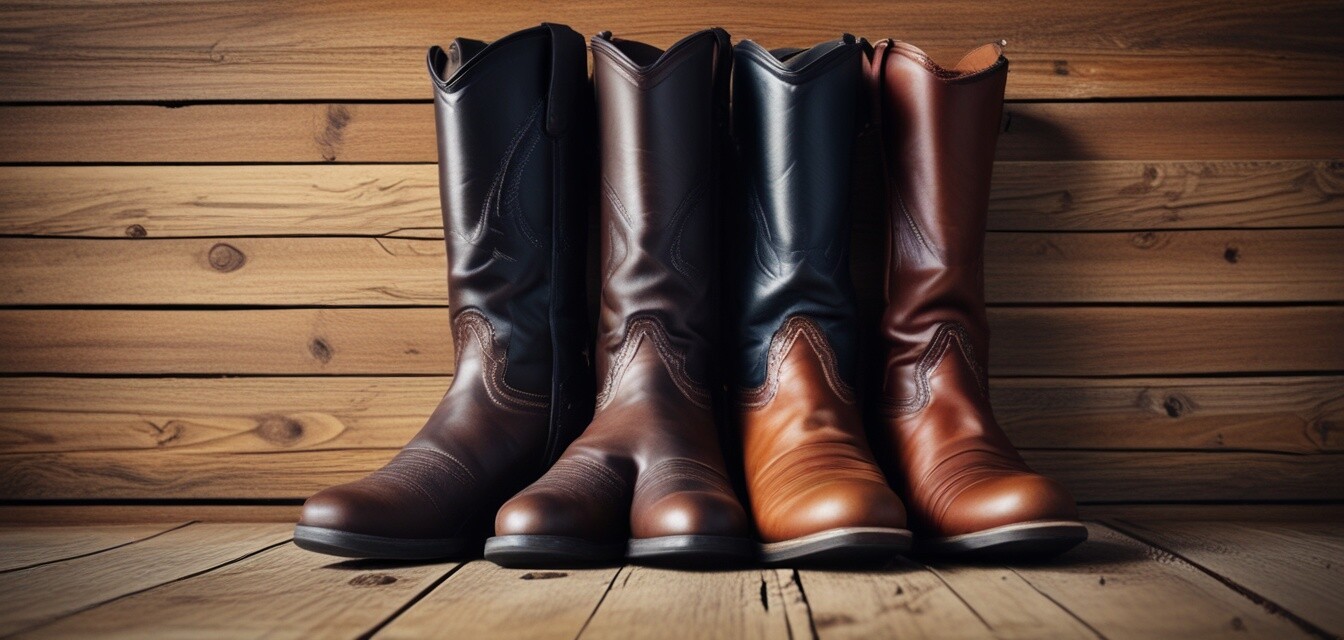
A complete guide to selecting horse boots
Key Takeaways
- Understand the primary purposes of horse boots such as protection and support.
- Learn about the different types of horse boots to suit various riding styles and environments.
- Consider materials, fit, and durability when selecting boots for your horse.
- Always consult with professionals to ensure the best choices for your horse's needs.
Choosing the right boots for your horse is crucial for ensuring their safety and comfort during riding and other activities. With various options available, understanding each type and its specific purpose can help you make an informed decision. This guide will walk you through the different types of horse boots, their features, and how to select the best pair for your equine companion.
Types of horse boots
| Type of Boot | Purpose | Best For |
|---|---|---|
| Bell Boots | Protects the horse's hooves and prevents over-reach injuries. | Jumping, Cross-country |
| Splint Boots | Offers support to the splint bone and maintains leg stability. | All-round riding, training |
| Wraps | Provides gentle support and protection against abrasions. | Flat work, showing |
| Cross Country Boots | Designed for maximum protection against impacts. | Cross-country riding |
| Thermal Boots | Helps with muscle recovery and provides warmth. | Post-exercise use |
How to choose the right horse boots
When selecting horse boots, consider the following factors:
- Purpose: Identify the specific activities your horse will participate in to choose the appropriate boot type.
- Fit: Ensure that the boot fits snugly without restricting movement. Measure your horse's legs accurately.
- Material: Look for durable materials that resist wear and tear, making sure they are easy to clean.
- Style: Match the boot style to your riding preferences and the type of equestrian events you participate in.
Common issues to avoid
Here are a few common mistakes to avoid when selecting horse boots:
- Choosing the wrong size: Always measure your horse's legs accurately to avoid discomfort.
- Neglecting the material: Make sure the materials used are suitable for your horse's specific needs.
- Ignoring the horse's leg condition: If your horse has had previous injuries, consult with a veterinarian before making a choice.
Conclusion
Selecting the right horse boots can greatly impact your horse's performance and well-being. With several types to choose from, understanding their functions and finding the perfect fit is essential. For more detailed comparisons and insights into other horse riding gear, explore our Buying Guides.
Pros
- Provides protection from injuries
- Enhances performance during activities
- Available in various styles and materials
Cons
- Can be expensive if you purchase multiple styles
- May require adjustment for a perfect fit
- Some materials may not be as durable as expected
Tips for beginners
- Start with basic styles like bell boots or splint boots.
- Consult with fellow riders or local equestrian stores for recommendations.
- Watch online tutorials for proper fitting techniques.
For more insights into riding boots, and to learn about different equestrian gear, feel free to browse our website. Happy riding!
